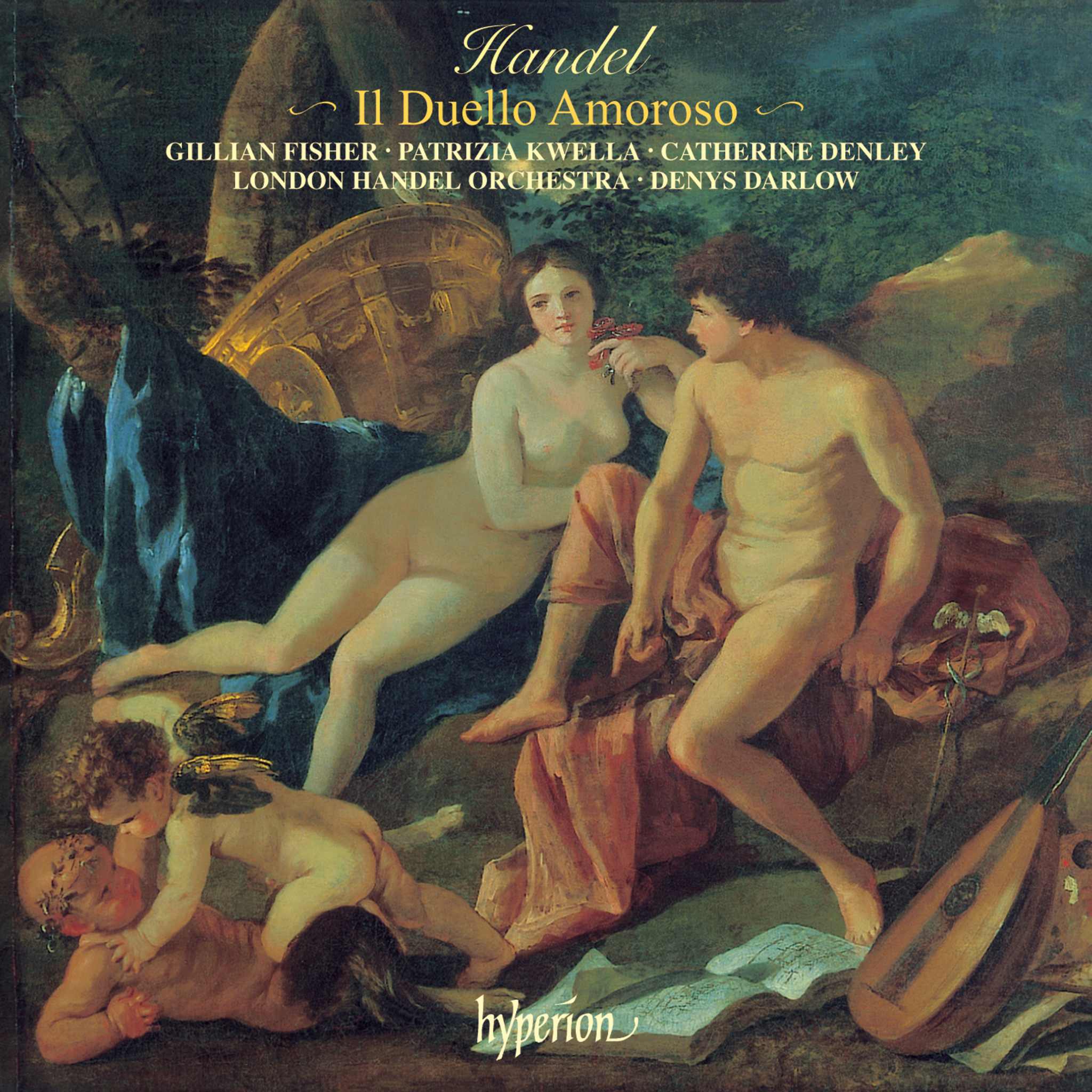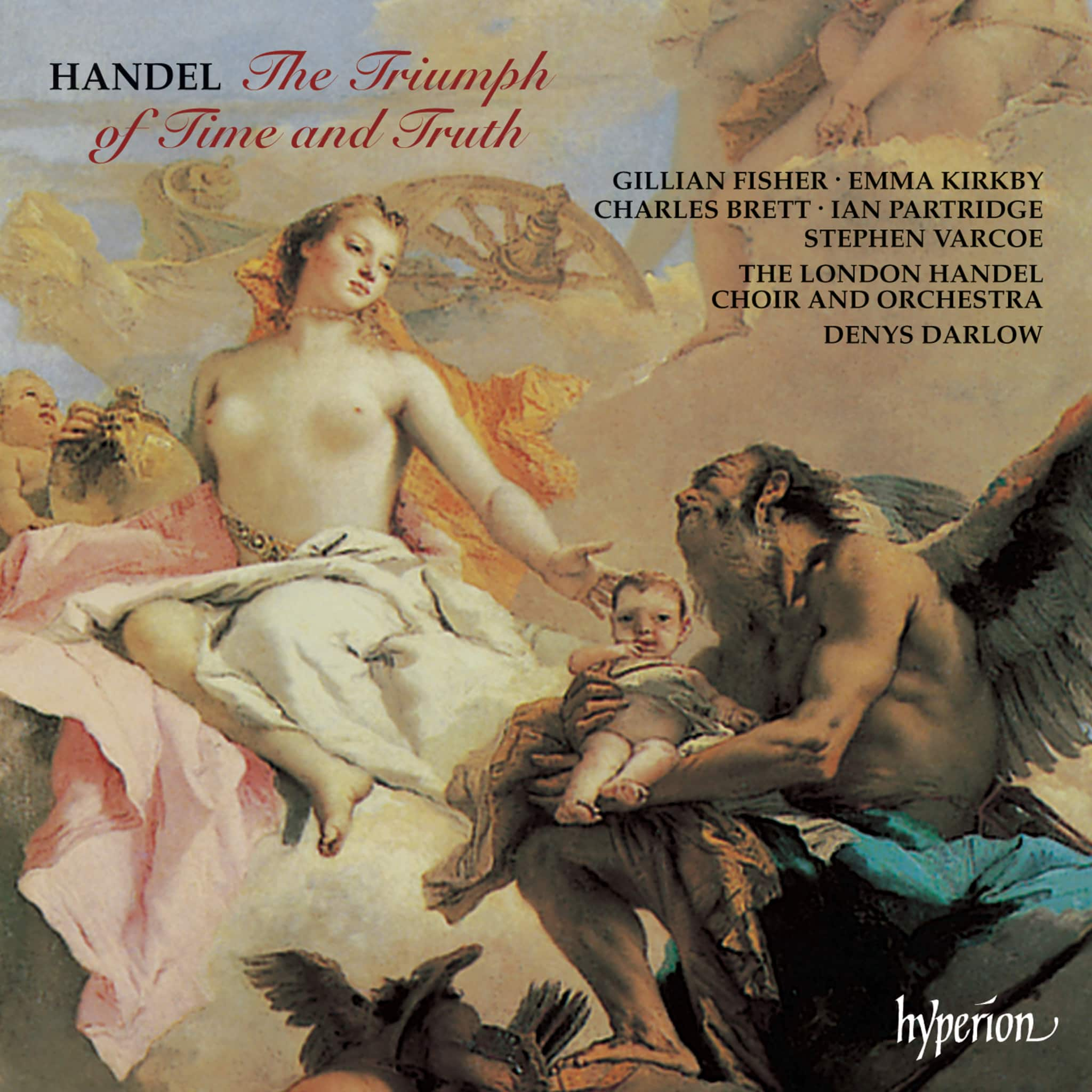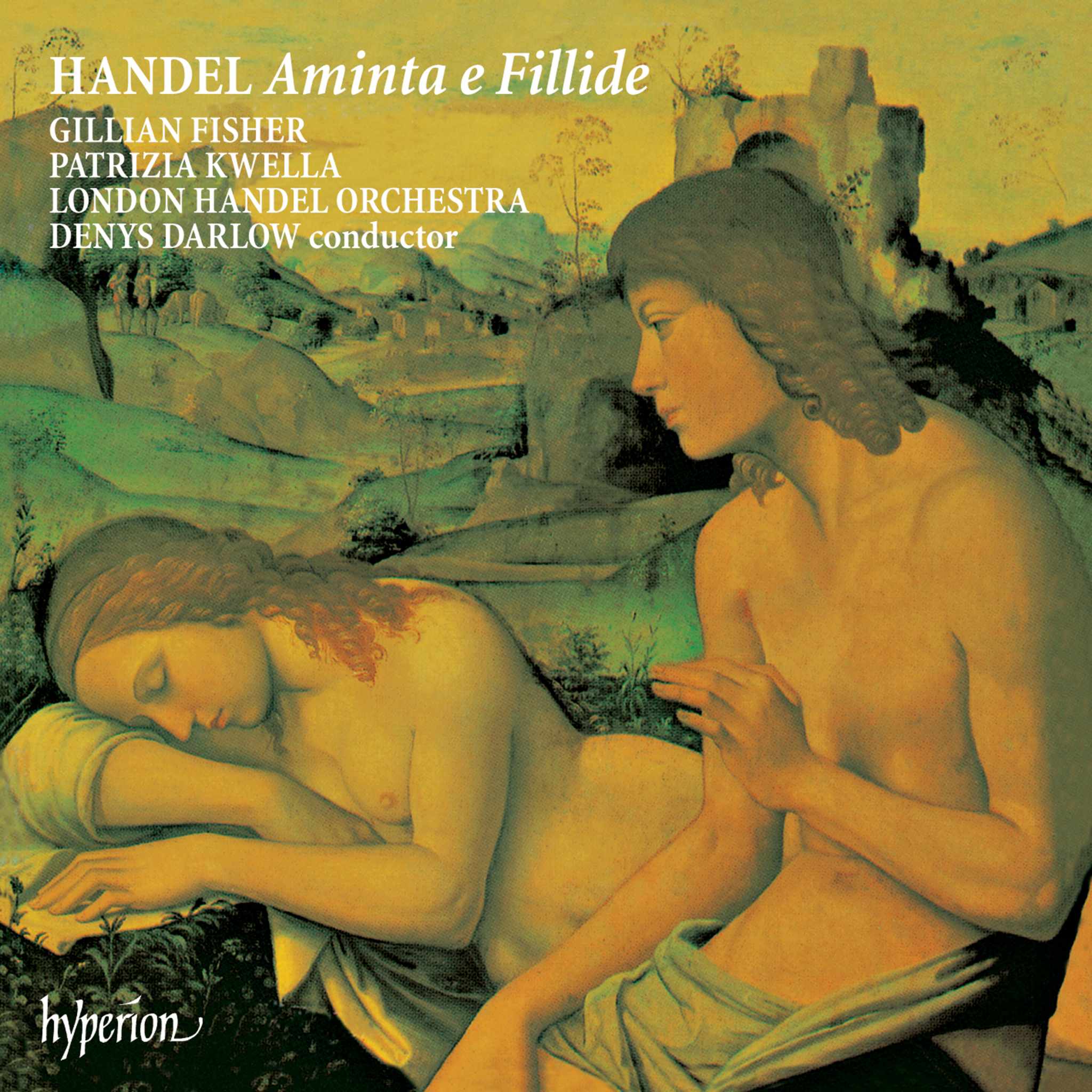Album insights
The years 1815 and 1816 should have put an end once and for all to the idle gossip that Schubert was a carefree, irresponsible bohemian. In the later part of 1814, the 17-year-old composer unwillingly became his father's assistant in a school, augmenting his meager income by giving private music lessons. He played the viola in the family string quartet and in a small orchestra that regularly convened—initially at the residence of Vienna merchant Franz Frischling and later, starting in 1816, at the residence of violinist Otto Hatwig. Twice a week, he received instruction from the venerable Kapellmeister Antonio Salieri, who had witnessed the Mozart era. Despite this, he managed to compose an astonishing number of works beyond his teaching commitments, including four symphonies (Nos. 2–5), three masses, shorter sacred pieces, chamber music, piano sonatas, multipart songs, four one-act operas, and over 250 solo songs, many of which are among the most popular worldwide.
Schubert quickly found his own style in Lieder, yet many works from these two years reveal his admiration for Haydn, Mozart, and Beethoven, considered the triumvirate of Viennese Classical music. Mozart, in particular, was his primary inspiration. After hearing a performance of a string quintet in June 1816—possibly the one in G minor, K. 516—he wrote in his diary: "From afar, echoes of Mozart's magical music still softly resonate within me... They show us a bright, beautiful distance in the darkness of this life, onto which we hope with confidence. O Mozart, immortal Mozart! How many, and how infinitely many, of such beneficent imprints of a brighter, better life have you etched into our souls."
Echoes of Mozart's music can be heard repeatedly in Schubert's early quartets and symphonies, especially in his 5th Symphony from the fall of 1816. The "Heidenröslein" and a dozen lighter songs pay charming tribute to "The Magic Flute," evidently his favorite opera by Mozart. Furthermore, the three violin sonatas composed by Schubert in March and April of 1816—labeled in the 18th-century tradition as "Sonatas for Piano, with Violin Accompaniment"—are infused with Mozart's spirit. When these sonatas were published by Diabelli in 1836, eight years posthumously, they were announced as "Sonatinas," undoubtedly to attract sales from the lucrative amateur musician market. While the diminutive label suits the D major work, D384, which consists of three movements and is technically undemanding, it unjustly diminishes the A minor and G minor sonatas, both structured in four movements and having the same length as some of Beethoven's violin sonatas.
Schubert seems to have consciously or unconsciously modeled the main theme of the first movement of the D major Sonata, Allegro molto, after Mozart's great E minor Sonata, K. 304, adapting it to unison and then to free imitation between violin and left-hand piano. However, Schubert's compact movement is noticeably more accommodating, if not naive, especially in the lively second theme. The graceful Mozartian outer sections of the Andante in A major include a lament in A minor for the violin, while in the 6/8 Finale, a carefree refrain interchanges with segments of a pseudo-strict imitative counterpoint.
The A minor Sonata—Schubert's favored key for pathos—is individually crafted. At the start of the first movement, the violin transforms the piano's longing cantabile into fervent rhetoric, executing large register leaps. Subsequently, in the lyrical C major theme, Schubert seems to have had in mind the fast section of the famous aria "Dove sono" sung by the Countess in "The Marriage of Figaro," both in melody and subdominant orientation. The music then transitions into F major with a third theme, beginning as a lively dialogue between the violin and the left hand of the piano around pulsating triplets in the right hand. Thus, Schubert devises an exposition with three tonal centers instead of the traditional two (A minor, C major, and F major), a characteristic found in many of his sonata-form movements, extending to the Piano Sonata in B major and the String Quintet.
The enticing Andante in F major initially recalls the minuet finale of Mozart's Violin Sonata in F major (K. 377) (which Schubert also incorporated a few months later into the Andante of his 5th Symphony), yet the harmonic ventures in the two episodes are distinctly Schubertian. The third movement in D minor—a non-conventional key choice—is a stubborn, laconic Menuetto, more Haydnesque than Mozartian, with a rustic Trio underpinned by piquant chromatic harmonies. The rondo finale starts with a melancholic violin chant of grace and unfolds similarly to the D major Sonata, but with enhanced scale and scope. During the crescendos of both episodes, the instruments engage in ascending scales with almost Beethovenian vehemence.
The G minor Sonata—a key naturally associated with Mozart—shares many similarities with the A minor Sonata: an exposition of the first movement housing three tonal centers (G minor, B major, and E-flat major), a well-formed, lyrical Andante paying clear homage to Mozart (the main theme subtly references the Romance from the Third Horn Concerto), a fast Menuetto with a relaxed Ländler trio, and a Contredanse Finale.
In the Allegro giusto, Schubert gradually transforms the brisk unison opening into a pensive cantabile for piano solo, then into a nimble, rococo-esque Menuet. The delightful Trio of the Menuet appears to be a (doubtlessly subconscious) homage to the bucolic trio from Mozart's Symphony No. 39, with the melody punctuated by a gurgling, clarinet-like piano accompaniment. The finale commences in a melancholic mood but soon brightens with a folk-like melody containing elements reminiscent of comic opera.
Important changes occurred for Schubert in Vienna in the winter of 1816-17. Teaching became increasingly burdensome for him, leading to his first taste of freedom as he left the family and school home and moved in with affluent Franz von Schober. He concluded his lessons with Salieri, disgruntled by the latter's insistence on avoiding the "barbaric German language" in favor of focusing on Italian opera. Although his feverish songwriting diminished due to his dedication to piano sonatas challenges, he still composed over 60 songs in 1817, including popular pieces like "The Trout," "To Music," and "Death and the Maiden."
During this newfound freedom phase, three friendships held special significance for Schubert. Firstly, there was Schober, a sociable amateur who, throughout his lengthy life (outliving Schubert by 54 years), sampled everything without committing to anything. To counterbalance Schober's hedonism, the melancholic, taciturn poet Johann Mayrhofer became increasingly close to Schubert, inspiring the composer to create no less than 20 songs in 1817 based on his often noble, classically structured verses. The third crucial figure that year was opera star Johann Michael Vogl, whom Schubert met through Schober and Joseph von Spaun. Initially aloof, the baritone soon became a close friend and staunch advocate of Schubert's works, instrumental in spreading the composer's name in Vienna and its surroundings.
In 1817, Vienna was swept up by Rossini fever. Schubert, too, was not immune, as evidenced by his 6th Symphony, begun in the autumn of that year, and two exuberant overtures in the Italian style. Conversely, in the A major Sonata, crafted in August and later repurposed in 1851 by Diabelli as a piano and violin duo, the influence of Rossini is minimal, showing traces of Mozart. While the atmosphere of the Sonata is generally relaxed and amicable, the violin part is more demanding than in the three sonatas of 1816. Schubert's beginning is delightful and memorable—a free, ascending violin melody contrasted by a trotting rhythm in the piano's bass. Despite several instances of energetic dialogues between the instruments, the movement predominantly unfolds as a gentle song without words for the violin, occasionally venturing into unexpected tonal territories.
The Presto second movement appears as a gleeful interpretation of a Beethovenian scherzo, filled with playful, irregular phrases, abrupt dynamic changes, and dizzying violin jumps. In its second half, Schubert skillfully navigates the music through remote tonal regions. The Andantino in C major starts with one of Schubert's most ingenuous melodies, which soon dissolves into harmonic adventures, both in the opening that rapidly drifts into remote D-flat major and in the central section. Following a compressed reappearance of the beginning (with the melody supported this time by a rhythmic figure from the central part), the ambiguous major-minor tones in the very final bars touchingly depict a characteristic Schubertian effect. The finale kicks off with a vague reminiscence of the scherzo and evolves into a section of irresistible verve, blending the melodic freedom of the first movement with the exuberance and tonal arbitrariness of the scherzo.
While the four violin sonatas are




